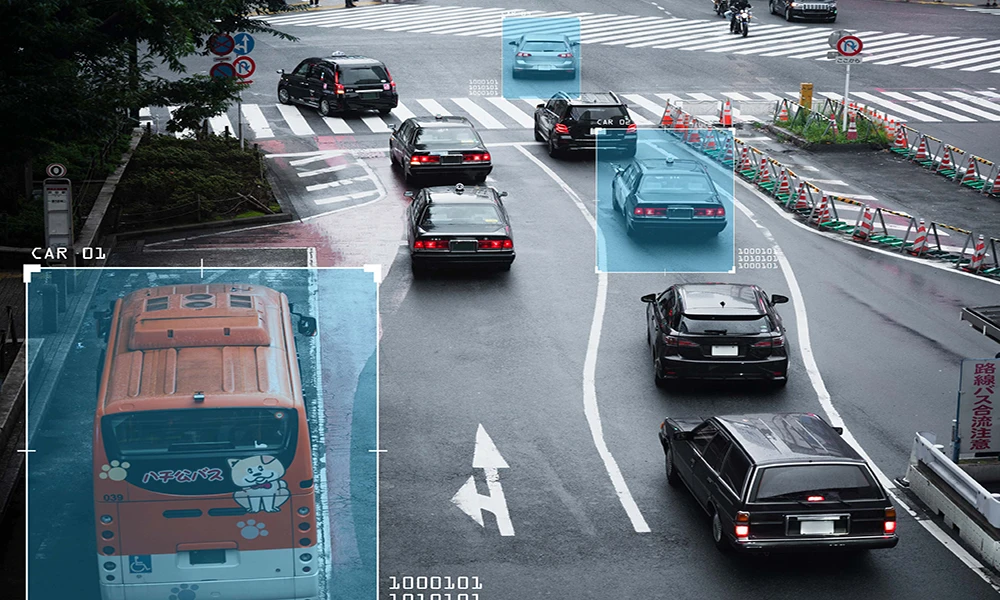Spotting the Invisible: A Peek into Vehicle Detection Technologies
Category: Smart Road Technologies
As we cruise down the roads, there’s more at play than meets the eye. Enter Vehicle Detection Technologies – the invisible wizards that keep traffic flowing smoothly. Let’s take a closer look at these behind-the-scenes heroes and how they make our journeys safer and more efficient.
1. What are Vehicle Detection Technologies?
- Vehicle Detection Technologies are like the silent guardians of the road. They use clever tricks to detect and monitor the movement of vehicles without us even noticing. Their main job is to keep an eye on traffic, helping with everything from managing signals to ensuring safe intersections.
2. Inductive Loop Sensors: Magic Under the Asphalt
- Ever noticed those rectangular patterns on the road surface at intersections? Those are Inductive Loop Sensors, the magic carpets of Vehicle Detection. These sensors are installed under the asphalt and can detect the presence of vehicles by sensing changes in the magnetic field when a car passes over them.
3. Radar Systems: Radio Waves on Patrol
- Radar Systems are like the secret agents of Vehicle Detection. They use radio waves to detect moving vehicles. When a vehicle comes into their radar range, these systems pick up the signal, providing real-time information about the speed and presence of vehicles on the road.
4. Video Cameras: The Watchful Eyes
- Video Cameras are the watchful eyes of Vehicle Detection. Installed at key points, they capture live footage of traffic. Advanced software analyzes this footage, identifying vehicles and their movements. It’s like having a digital traffic officer overseeing the roads.
5. Infrared Sensors: Light Beams in Action
- Infrared Sensors are the light beams that silently guard our roads. They emit invisible infrared light, and when a vehicle interrupts this beam, the sensor detects it. These sensors are often used in toll booths and parking lots to track the entry and exit of vehicles..
Conclusion:
in conclusion, While we’re busy enjoying our drive, Vehicle Detection Technologies work quietly in the background, ensuring our journey is smooth and safe. From the hidden loops under the road to the watchful eyes of cameras, these technologies make traffic lights smart, intersections efficient, and our roads a well-orchestrated dance of vehicles. So, next time you approach an intersection or breeze through a toll booth effortlessly, know that the invisible magic of Vehicle Detection Technologies is making it all happen.
CASE STUDY
Case Study 1: Sydney’s Coordinated Adaptive Traffic System (SCATS)
Introduction:
- Sydney, Australia, employs the Coordinated Adaptive Traffic System (SCATS), a comprehensive traffic management system that extensively uses Vehicle Detection Technologies.
Implementation:
Inductive Loop Sensors:
- SCATS utilizes inductive loop sensors embedded in the road surface at intersections.
- These sensors detect the presence of vehicles and communicate real-time data to the SCATS system.
Adaptive Traffic Signal Control:
- The SCATS system uses the collected data to dynamically adjust traffic signal timings at intersections.
- It optimizes signal cycles based on the actual traffic demand, reducing congestion and improving traffic flow.
Outcome:
- The implementation of SCATS in Sydney has significantly improved traffic efficiency and reduced congestion.
- Vehicle Detection Technologies play a crucial role in the adaptive nature of the system, ensuring that traffic signals respond dynamically to changing traffic conditions.
Case Study 2: Minnesota’s Smart Work Zone Deployment
Introduction:
- The Minnesota Department of Transportation (MnDOT) in the United States has implemented Vehicle Detection Technologies in its Smart Work Zone deployment to enhance safety and efficiency in construction zones.
Implementation:
Radar-Based Vehicle Detection:
- MnDOT uses radar-based vehicle detection systems in Smart Work Zones.
- These systems detect the speed and presence of vehicles in and around construction areas, providing real-time data to the traffic management system.
Dynamic Traffic Management:
- Vehicle Detection Technologies are integrated into dynamic message signs and variable speed limit systems.
- The system adjusts speed limits and provides real-time information to drivers based on the detected traffic conditions in the work zones.
Outcome:
- The Smart Work Zone deployment in Minnesota has improved safety and traffic flow in construction areas.
- Vehicle Detection Technologies contribute to the adaptive nature of the system, ensuring that traffic measures are dynamically adjusted to enhance safety for both drivers and construction workers.

